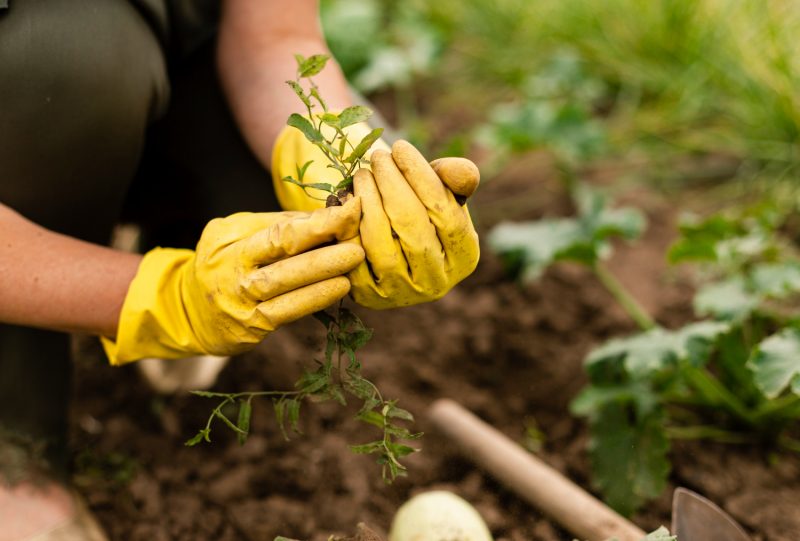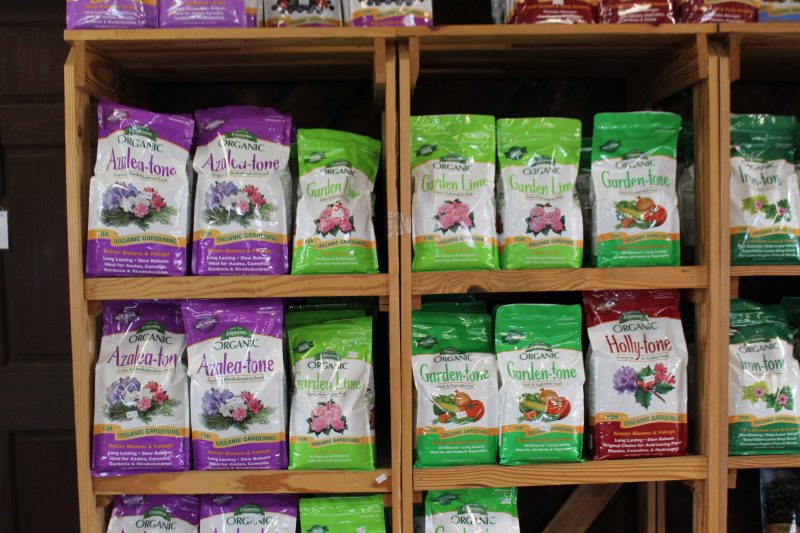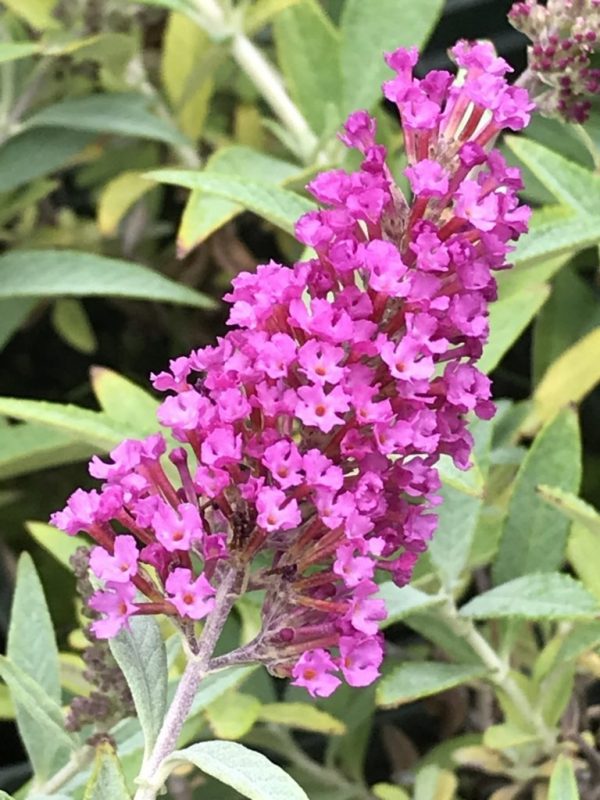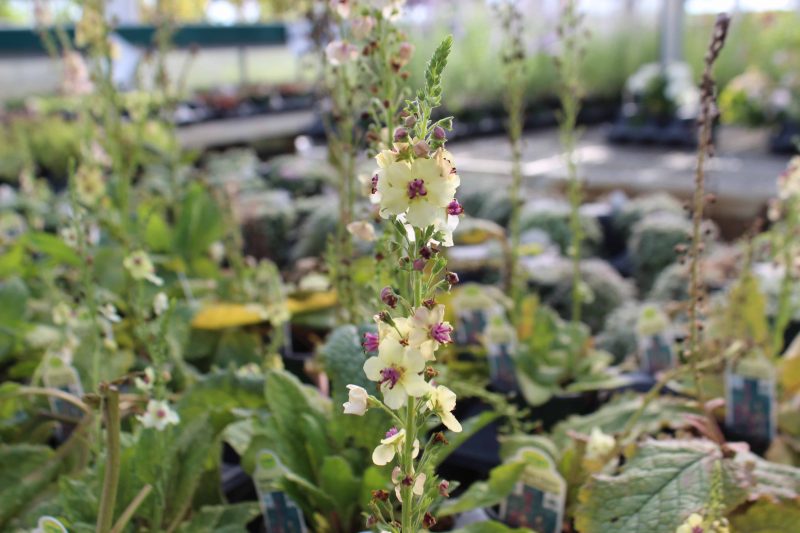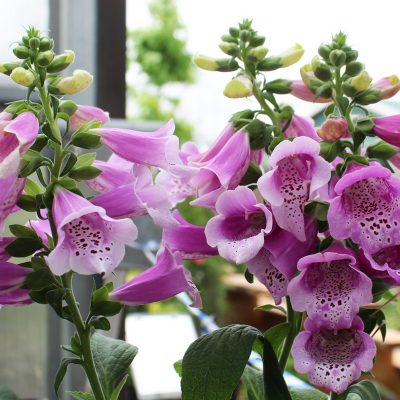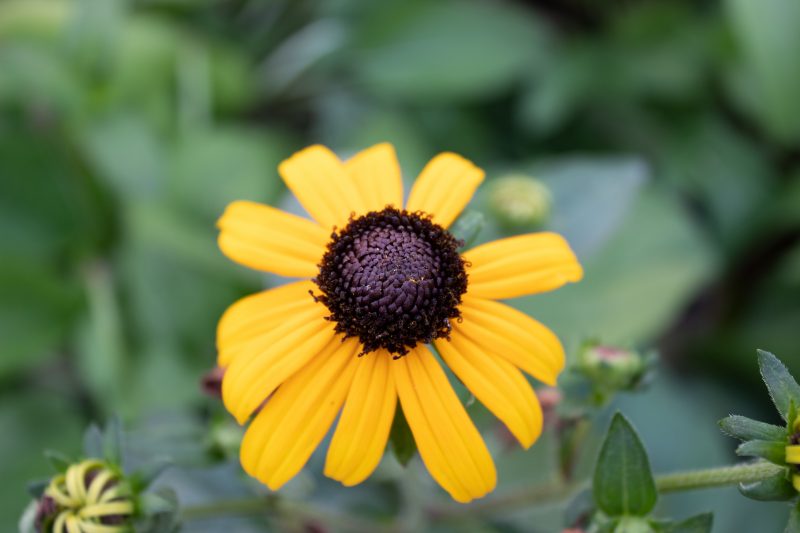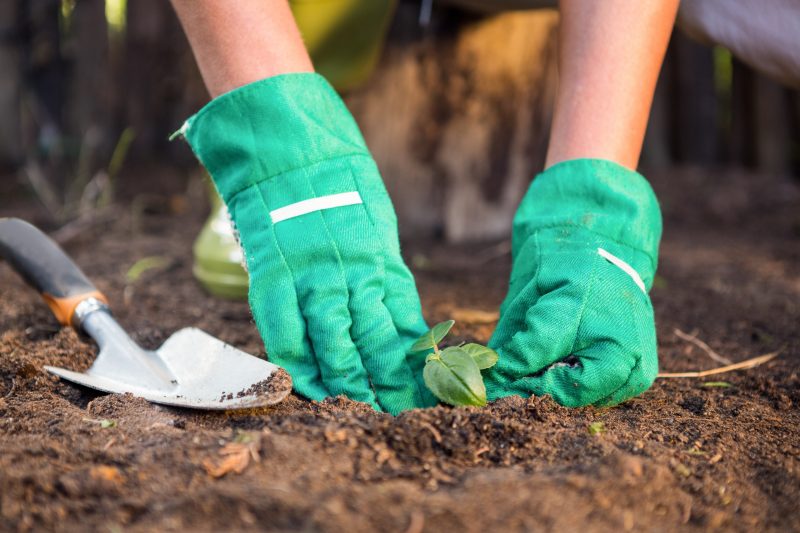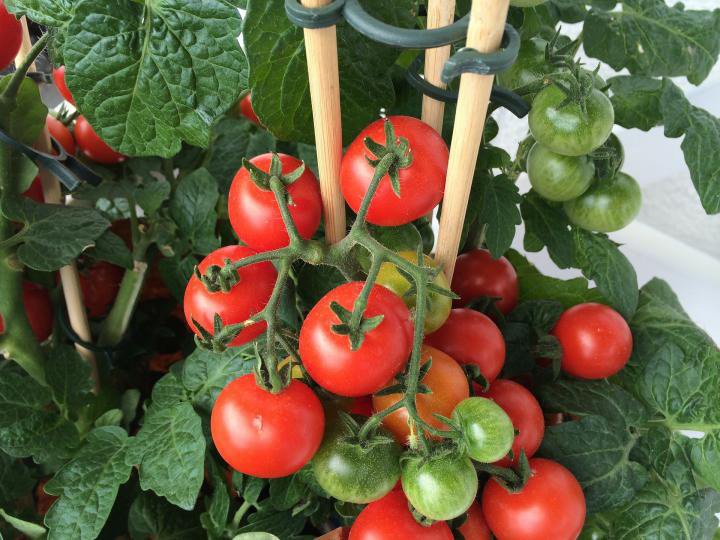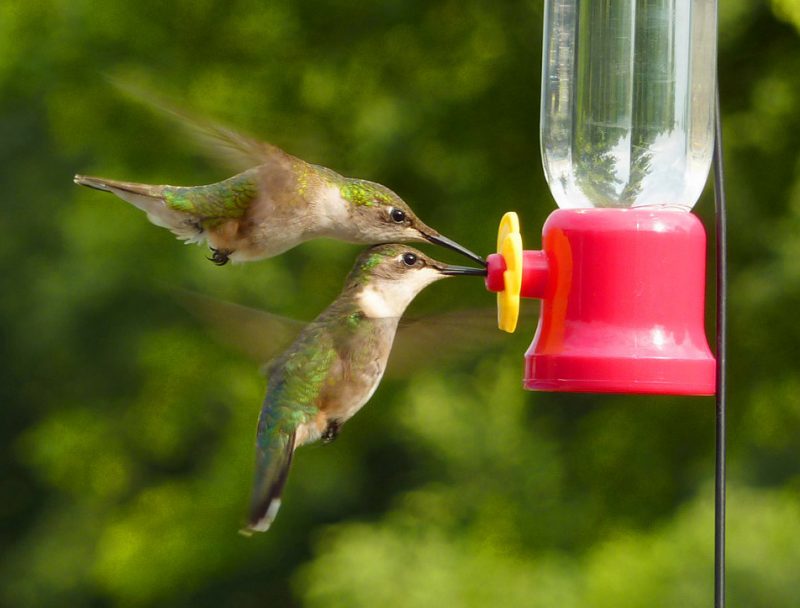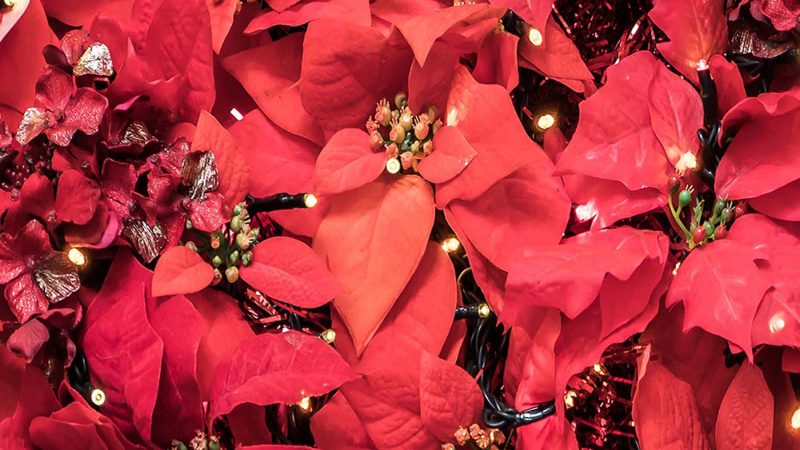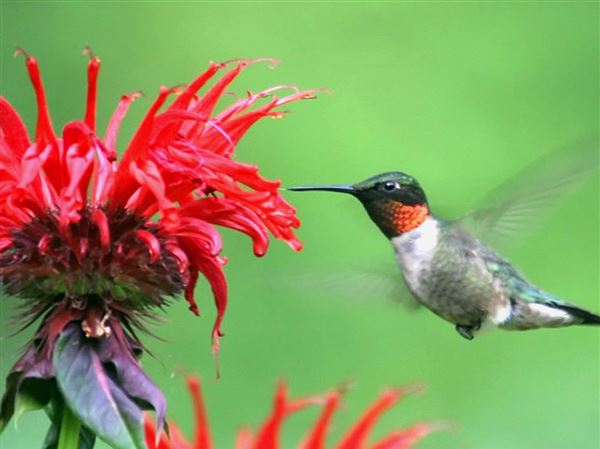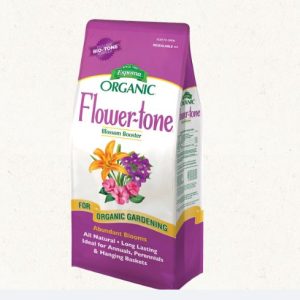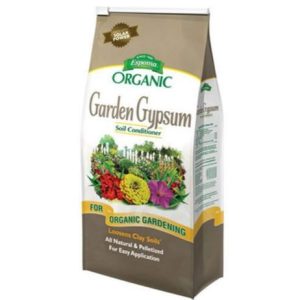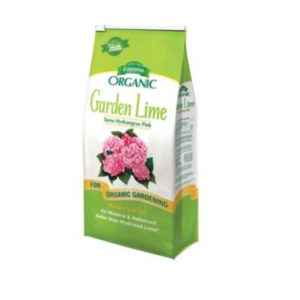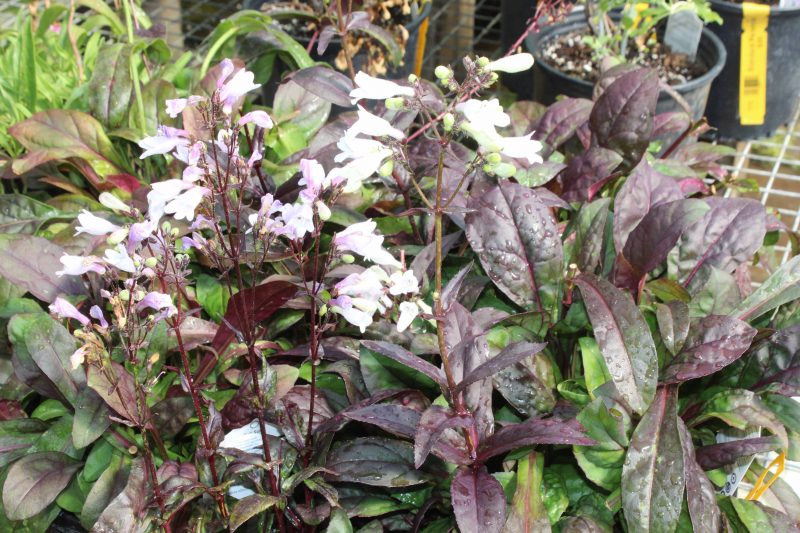
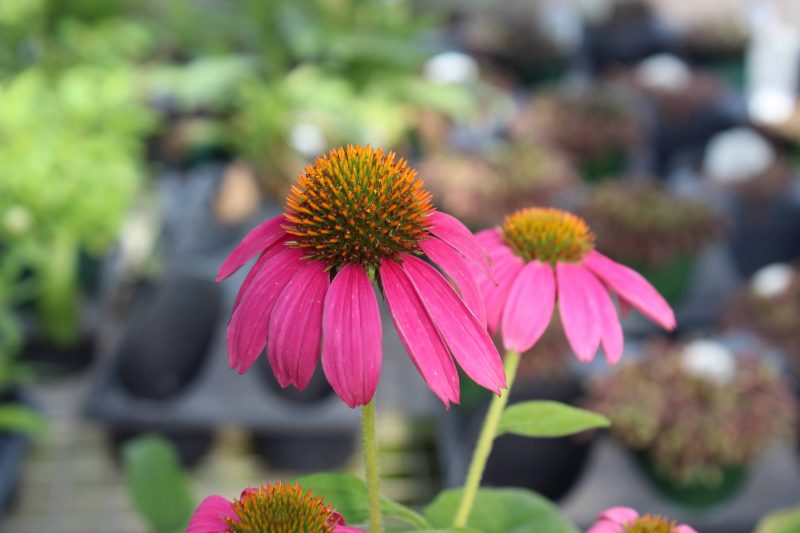
Perennials
Perennial flowers return year after year, forming the backbone of your garden. As long as they are planted correctly, perennials usually require very little maintenance. Every few years, if they become overcrowded, they need to be “divided” in spring or fall.
Choosing plants based on how much sunlight or shade you have to offer should be your primary consideration. If you are looking to spruce up a garden bed with some new perennials, before you go plant shopping, first observe how many hours of sun that bed receives in a day.
Full sun = 6+ hours of direct sun exposure per day
Part sun/Part shade = 4 to 6 hours of direct sun exposure per day
Full shade = Less than 4 hours of direct sun exposure per day
